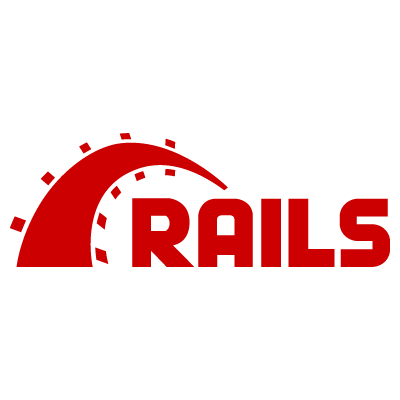Articles of interest for Ruby on Rails
Displaying articles 176 - 200 of 266 in totalArticle Sources
-
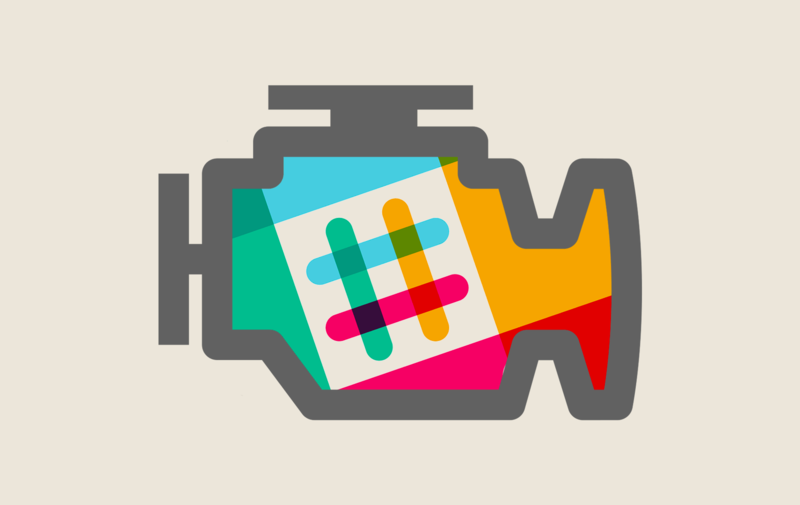

Custom Error Pages with Slack Notification
Learn to use custom error pages to provide a similar look to your application. Get notified on Slack as errors occur to act on them before they're reported.
Published:
-
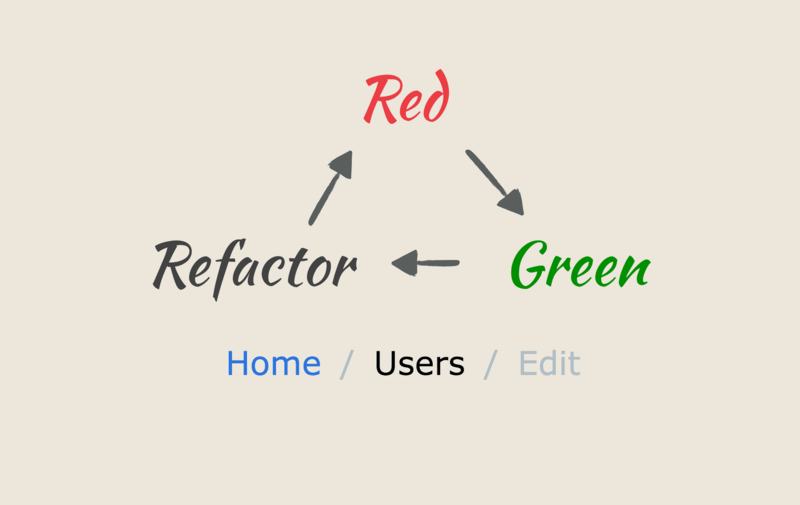

Benchmarking and Refactoring the content_for View Helper
In a recent blog post, we looked into the content_for view helper to render breadcrumbs. Once we got the feature working, it's time to refactor the feature to lower technical debt.
Published:
-


Creating Custom Ruby on Rails Generators
Simplify your workflow by using custom generators to streamline the creation of files and templates that you use often.
Published:
-
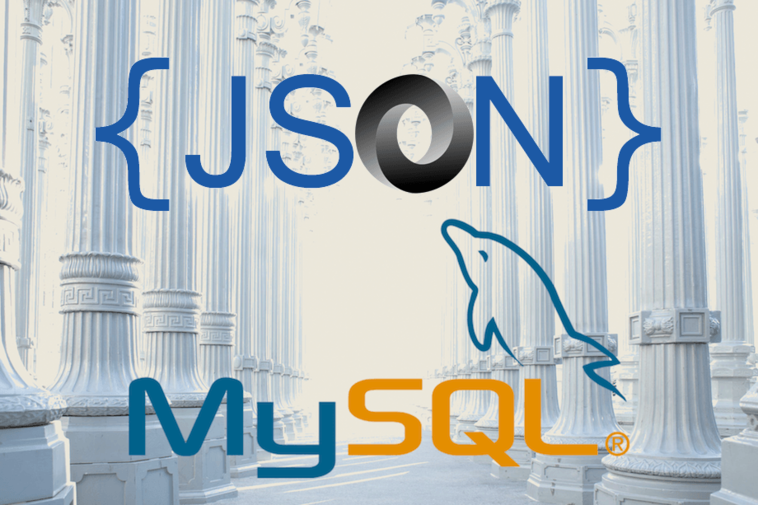

Virtual Columns with JSON Data Types
Continuing from Episode #87, we take a deeper dive into virtual columns in Rails 5.1 and use them to parse JSON Data Types with adding indexes to the virtual column.
Published:
-
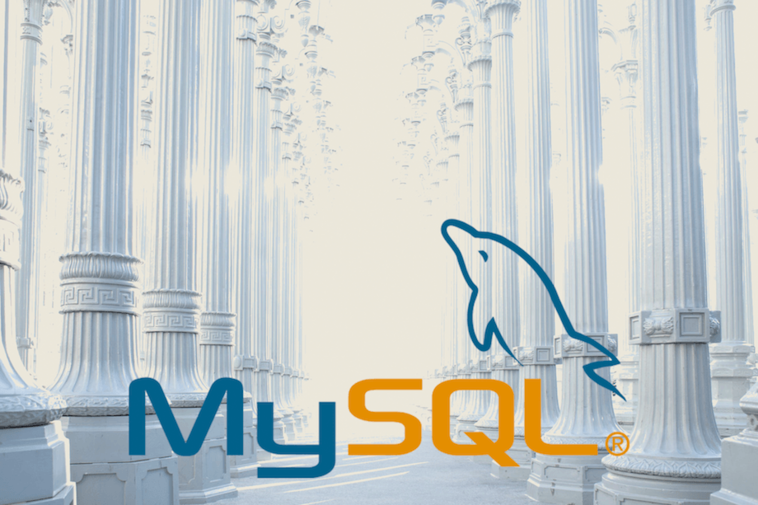

Virtual Columns in MySQL
In Ruby on Rails 5.1.0, generated virtual column support was added for MySQL and MariaDB. Using generated and stored columns can leverage heavy calculations to the SQL side.
Published:
-
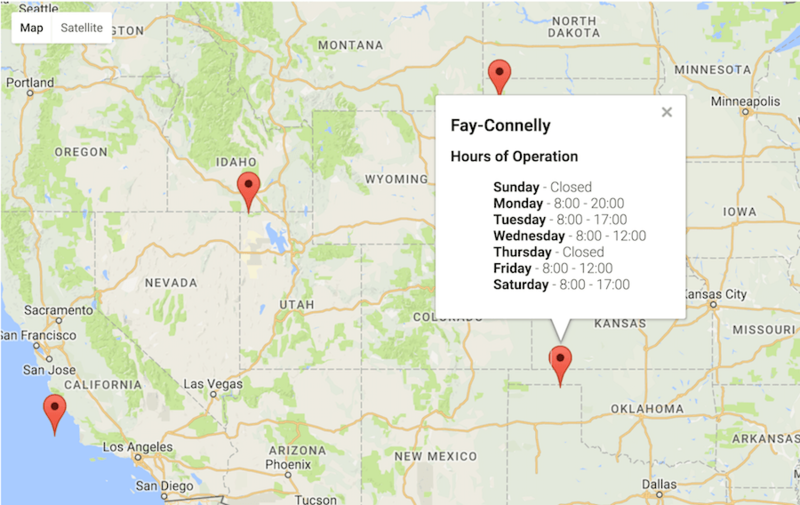

Plotting Points on a Map from Scratch
Using the Google Maps Javascript API, learn how to plot markers onto a map. Load markers and info windows through AJAX calls to your Rails JSON API.
Published:
-


Working with Subdomains
Learn to create a multi-tenant application where access to tenants are determined by the subdomain.
Published:
-
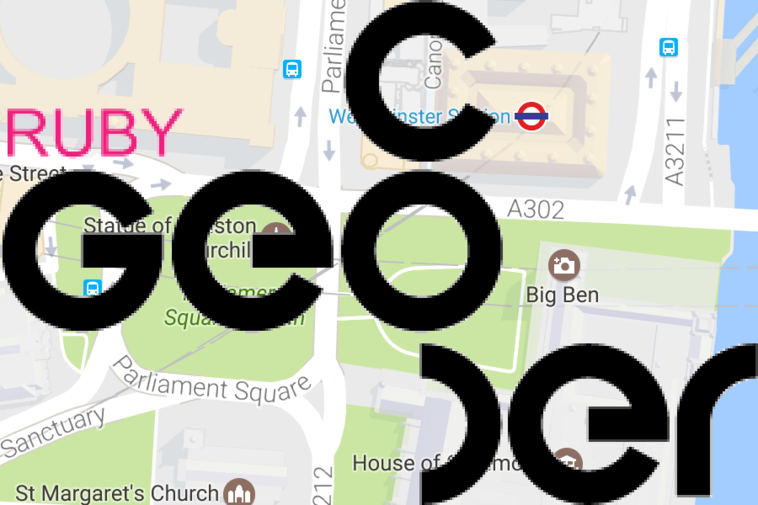

Geocoding, Places and Maps
Using the Geocoder gem and Google APIs, learn how to add some geolocation functionality to your application.
Published:
-
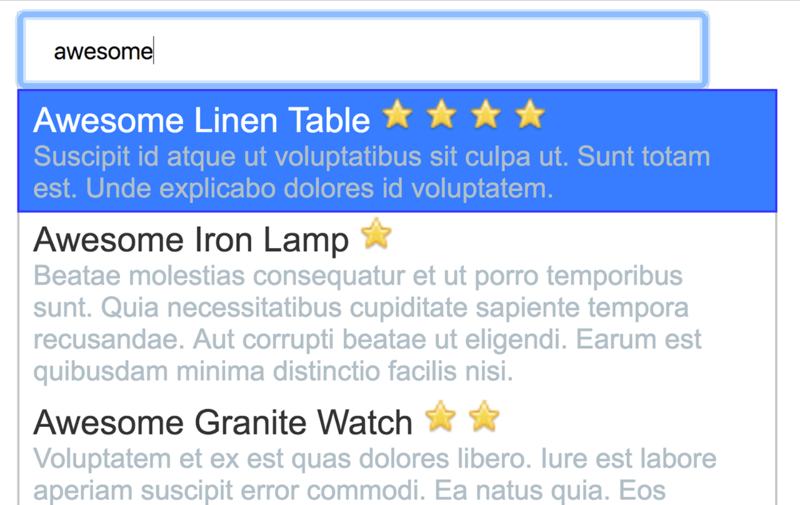

Autocomplete with HTML Results
Working with an autocomplete can be very simple. However, things get complicated when you try to use HTML markup in the displayed results. Learn how to use HTML markup within your autocomplete results!
Published:
-
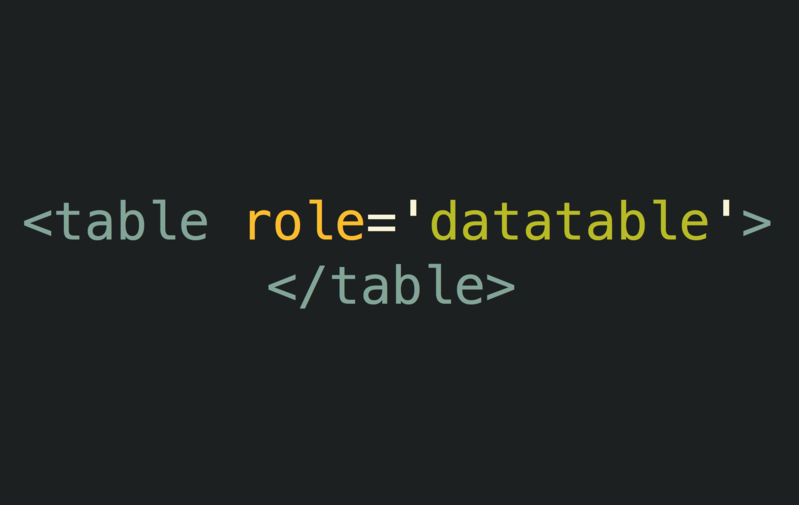

DataTables
The DataTables Javascript library creates a powerful display of your application's data. Some of the features include pagination, server side processing, sorting and search.
Published:
-
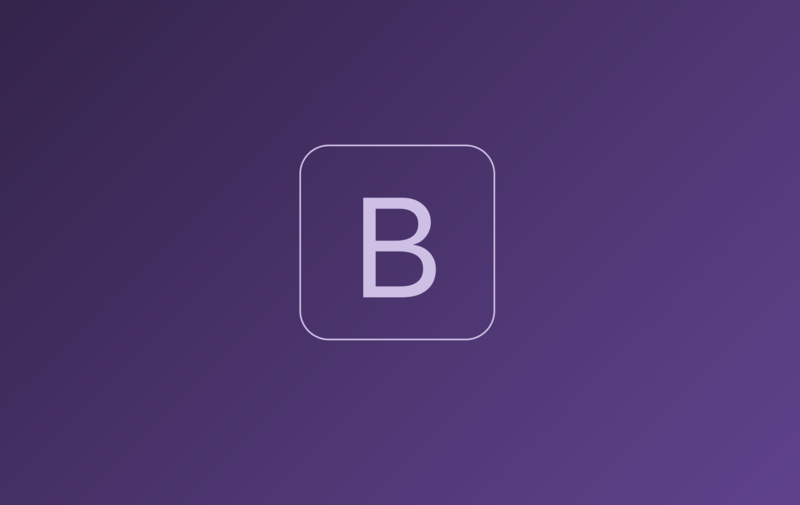

Bootstrap Framework and Ruby on Rails
Using Bootstrap in your application has become much more simple. Also learn to create some helper methods to make working with Bootstrap much easier.
Published:
-


Routing Partials
The routes file can grow to be unmaintainable and messy. Learn to keep things organized by extracting out blocks of routes into their own files.
Published:
-


Mountable Engines
Mountable Engines are a great way to extract code into its own namespace and allow the code to be reused in other applications. Other popular gems that are mountable engines are Devise and Doorkeeper.
Published:
-


Counter Cache Associations
When displaying a count of records, this will generate extra SQL Queries. Learn how to reduce the number of SQL queries called with counter caching the number of associated records.
Published:
-
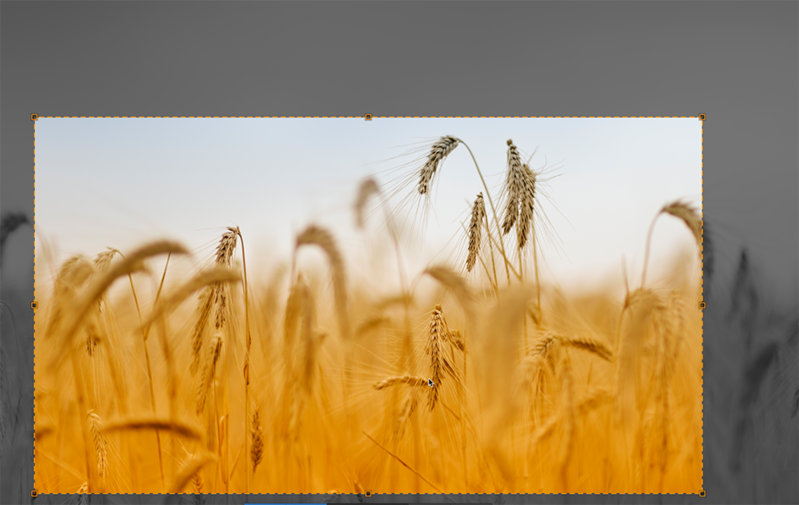

Cropping Images with JCrop
Extend your image upload functionality with JCrop. Learn to redirect the user to a crop page once they have uploaded their image and save versions of the cropped images.
Published:
-


Javascript Select Form Fields with Chosen
Chosen is a jQuery plugin that makes long, unwieldy select boxes much more user-friendly. Learn how to use Chosen in a few different ways in this episode; Rails form builder and Simple Form.
Published:
-
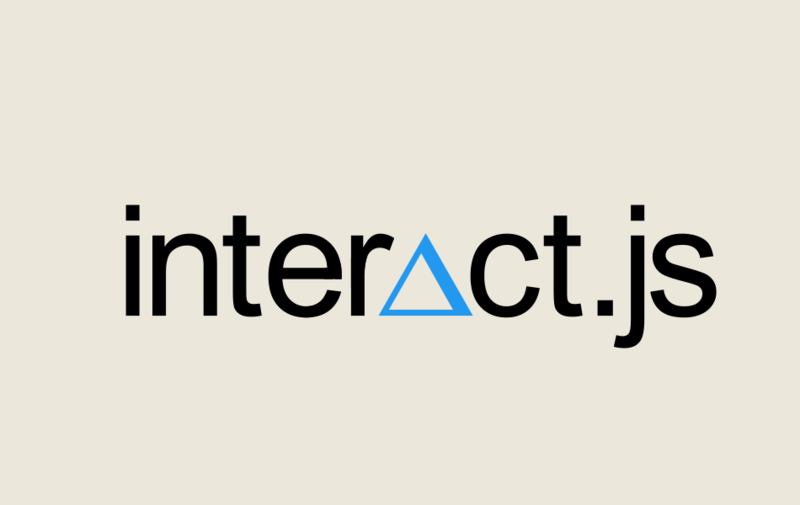

Drag and Drop with Interact.js
Using Interact.js to create draggable and droppable items in our view, we can use AJAX callbacks on events to interact with our Ruby on Rails application. Also, learn how to use Ruby Assets to manage our Javascript Libraries.
Published:
-
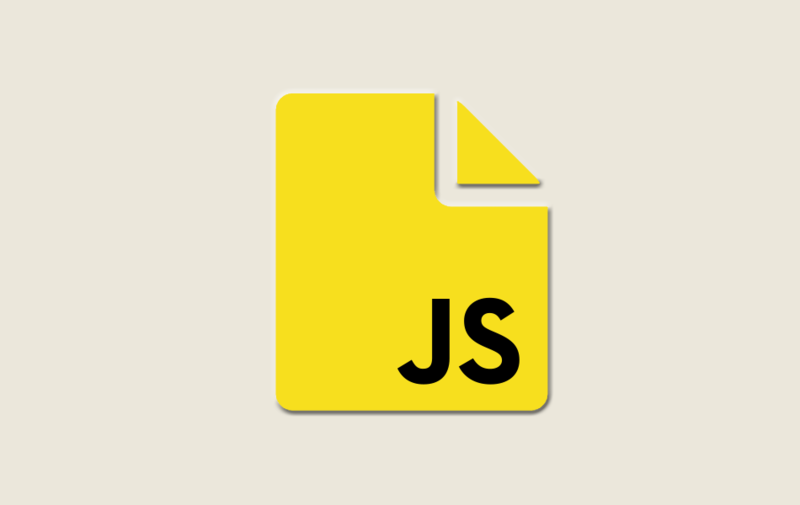

Page Specific Javascript in Ruby on Rails
Sometimes you may find yourself with an application that has javascript that needs to execute only on a specific page. This episode lays the foundation to easily manage page specific javascript.
Published:
-
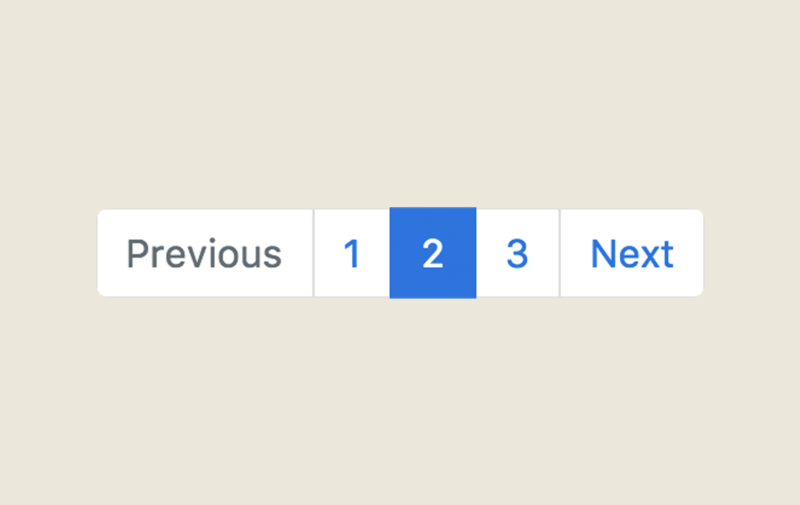

Pagination with Kaminari
When displaying a significant number of records, it is often a basic functions in a web application is to paginate the records and load them as requested.
Published:
-
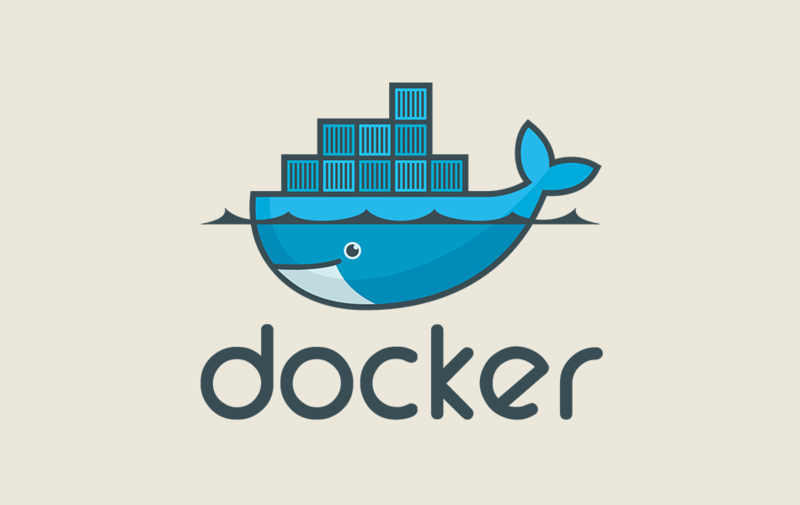

Intro to Docker on Windows
Developing a Ruby on Rails application on Windows can be difficult, but doesn't have to be with Docker. Learn how to use Docker to create isolated containers and get them to talk with the Rails app and passed through to the local computer.
Published:
-


Nested Forms with Cocoon
Using the unobtrusive gem, Cocoon, learn how to handle multiple models in a single form with accepts_nested_attributes_for.
Published:
-
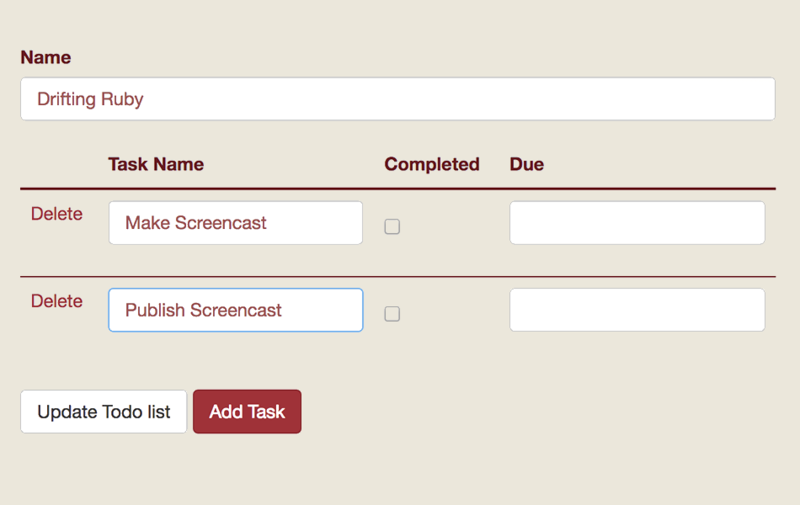

Nested Forms from Scratch
Learn how to handle multiple models in a single form with accepts_nested_attributes_for and learn how to add and remove nested records through JavaScript.
Published:
-
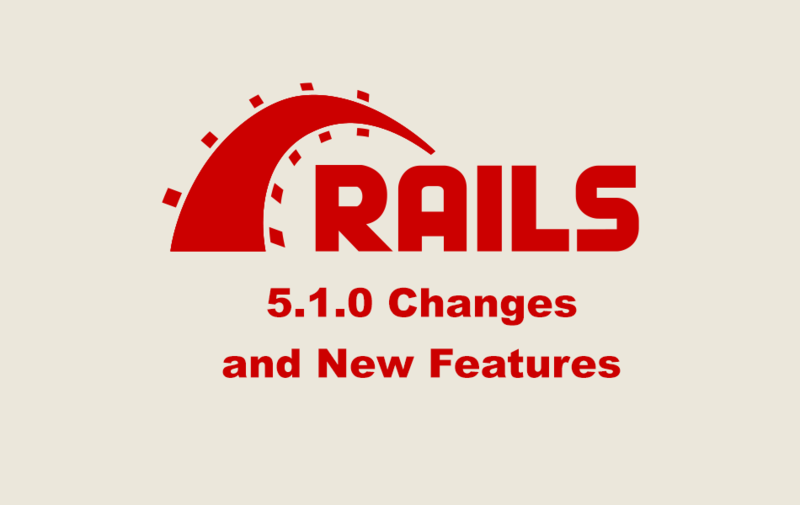

Ruby on Rails 5.1.0 Changes and New Features
Upcoming features include Yarn/Webpack, System Tests via Capybara, Encrypted Secrets and a bunch of other cool things!
Published:
-
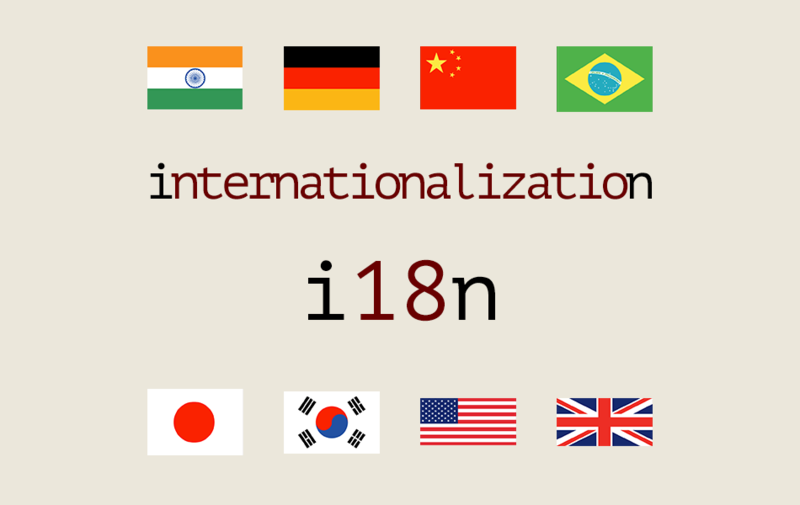

Working with Internationalization
Adding translations into your website does not have to be hard. With Rails built in I18N functionality, we gain access to many helpers and conventions that makes it a much easier task. Learn how to add I18N into your Rails application.
Published:
-
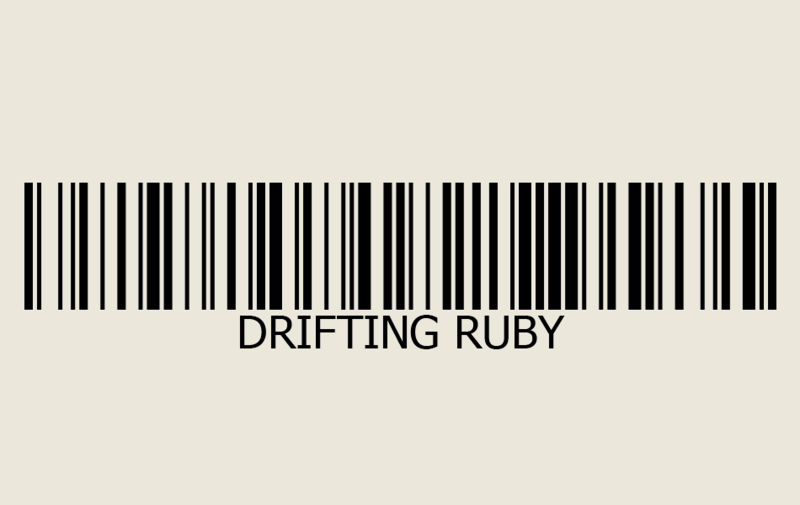

Decoding and Interacting with Barcodes
Using the QuaggaJS Library, learn how to scan and decode barcodes with your Ruby on Rails application. Using provided callbacks, interact with controller actions to provide a seamless experience.
Published:
